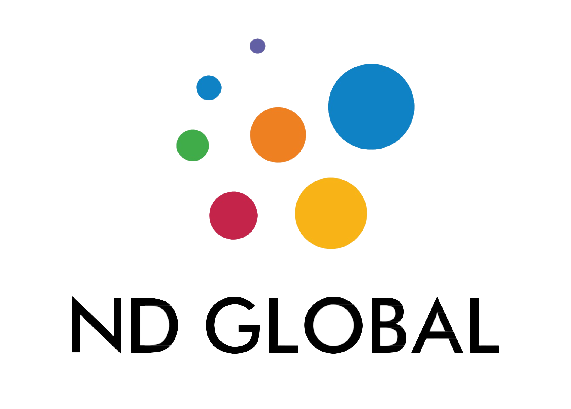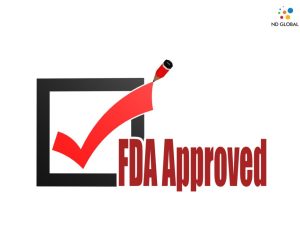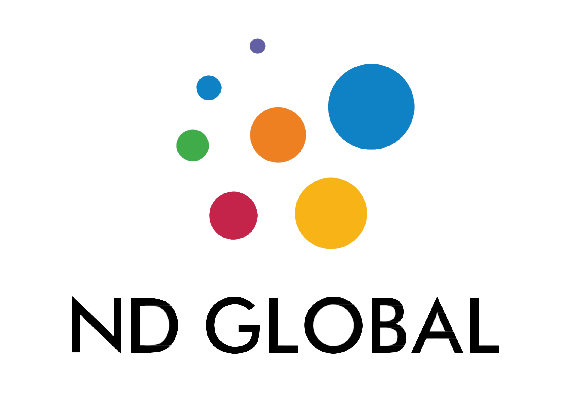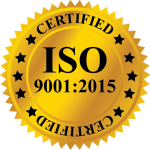Defining Combination Products – Combination products are therapeutic and diagnostic products that combine drugs, devices, and biological products. These combinations can offer significant benefits by integrating the functionalities of two or more products into a single solution, improving patient outcomes and enhancing convenience. Examples of combination products include:
- Drug-Device Combinations:
– Drug-Eluting Stents: These stents are coated with medication to prevent the recurrence of artery blockages.
– Inhalers: Devices that deliver specific doses of medication to the lungs.
– Transdermal Patches: Adhesive patches that release medication through the skin over time.
- Biologic-Device Combinations:
– Pre-Filled Syringes: Syringes preloaded with biological medications like insulin or vaccines.
– Implantable Devices with Biological Coatings: Devices such as surgical meshes coated with biological agents to enhance tissue integration and healing.
- Drug-Biologic Combinations:
– Antibody-Drug Conjugates (ADCs): Targeted cancer therapies that combine an antibody with a cytotoxic drug to deliver the drug directly to cancer cells.
Unique Regulatory Considerations and Challenges
The regulation of combination products presents unique challenges due to their hybrid nature. Regulatory pathways must ensure the safety and efficacy of each component individually and the product as a whole. Here are some key considerations and challenges:
- Primary Mode of Action (PMOA):
– The regulatory pathway for a combination product is typically determined by its primary mode of action (PMOA), the main therapeutic action intended. If a product’s PMOA is attributed to the drug component, it will follow the drug regulatory pathway, whereas if it’s primarily the device component, the device pathway will be followed. This determination can be complex, requiring extensive analysis and consultation with regulatory authorities.
- Jurisdiction and Coordination:
– In the United States, the FDA’s Office of Combination Products (OCP) coordinates the review process among different FDA centers (e.g., Center for Drug Evaluation and Research (CDER), Center for Devices and Radiological Health (CDRH), and Center for Biologics Evaluation and Research (CBER)). Coordination between these centers is crucial to address the distinct regulatory requirements for each component.
- Regulatory Submissions:
– Depending on the PMOA, manufacturers may need to submit a New Drug Application (NDA), a Biologics License Application (BLA), or a Premarket Approval (PMA) application. Multiple submissions may sometimes be necessary, complicating the regulatory process.
- Good Manufacturing Practices (GMP):
– Combination products must comply with Current Good Manufacturing Practices (cGMP) for each type of component involved. This means that a product combining a drug and a device must meet the cGMP requirements for pharmaceuticals and medical devices, which can involve navigating different regulations.
- Quality Control and Assurance:
– Ensuring consistent quality across different components is challenging, especially when dealing with complex biologics or sophisticated devices. Quality control procedures must be rigorous and harmonized to prevent any component from compromising the product’s safety and efficacy.
- Labeling and Instructions for Use:
– Combination products require clear, comprehensive labeling and instructions to ensure proper use. The labeling must address the requirements for each component and include information on potential interactions, usage instructions, and safety warnings.
Examples of Successful Combination Products
- EpiPen (Epinephrine Auto-Injector):
– The EpiPen is a well-known example of a successful drug-device combination product. It delivers a precise dose of epinephrine to individuals experiencing severe allergic reactions (anaphylaxis). The device’s design ensures ease of use, even for untrained individuals, which is critical during emergencies.
- Yescarta (Axicabtagene Ciloleucel):
– Yescarta is a chimeric antigen receptor (CAR) T-cell therapy, a biologic-device combination product used to treat certain types of lymphoma. It involves modifying a patient’s T-cells to attack cancer cells and reintroducing them into the patient’s body using a specialized delivery system. The product’s development required navigating both biological and device regulatory pathways.
- Ozurdex (Dexamethasone Intravitreal Implant):
– Ozurdex is an intravitreal implant used to treat macular edema. It combines a corticosteroid (dexamethasone) with a biodegradable polymer matrix that allows for the sustained release of the drug directly into the eye. This combination enhances the therapeutic effect while minimizing systemic exposure.
- Prolia (Denosumab):
– Prolia is a biologic drug delivered via a pre-filled syringe to treat osteoporosis. Combining the biological agent with an easy-to-use injection device facilitates patient compliance and improves the treatment experience.
- Symbicort (Budesonide/Formoterol):
– Symbicort is an inhaler that combines a corticosteroid (budesonide) and a long-acting beta-agonist (formoterol) to treat asthma and chronic obstructive pulmonary disease (COPD). The inhaler device ensures the proper delivery of both medications directly to the lungs, optimizing therapeutic outcomes.
Conclusion
The regulatory landscape for combination products is intricate and demands a comprehensive understanding of the individual and collective regulatory requirements for drugs, devices, and biologics. Successful navigation through this landscape involves careful coordination with regulatory authorities, meticulous quality control, and clear labeling to ensure safety and efficacy. The examples of EpiPen, Yescarta, Ozurdex, Prolia, and Symbicort demonstrate how innovative combination products can effectively address complex medical needs. As the field evolves, regulatory frameworks must adapt to foster innovation while safeguarding public health.
How ND Global Can Help
Navigating the complex regulatory pathways for combination products requires specialized expertise and a deep understanding of the regulatory landscape. ND Global is uniquely positioned to assist companies in bringing their innovative combination products to market. Here’s how ND Global can help:
- Regulatory Strategy Development
ND Global offers comprehensive regulatory strategy development services tailored to combination products. Our team of experts can help you determine the primary mode of action (PMOA) of your product and choose the most appropriate regulatory pathway. We provide strategic guidance to ensure your product meets all necessary regulatory requirements.
- Coordination with Regulatory Authorities
ND Global has extensive experience coordinating with regulatory authorities such as the FDA, EMA, and other global regulatory bodies. Our team can facilitate communication between different regulatory centers, ensuring that your combination product is reviewed efficiently and effectively. We help bridge the gaps between drug, device, and biological regulations, providing a smooth approval process.
- Regulatory Submissions
Preparing and submitting regulatory documents for combination products can be daunting. ND Global provides end-to-end support for regulatory submissions, including New Drug Applications (NDAs), Biologics License Applications (BLAs), and Premarket Approval (PMA) applications. Our experts ensure that your submissions are comprehensive, accurate, and meet regulatory agencies’ stringent requirements.
- Compliance with Good Manufacturing Practices (GMP)
Compliance with Current Good Manufacturing Practices (cGMP) is critical for combination products. ND Global offers auditing and consulting services to help you meet cGMP requirements for pharmaceutical and medical device components. We assist in developing and implementing quality management systems that ensure consistent quality and safety of your products.
- Quality Control and Assurance
ND Global’s quality control and assurance services help you maintain high standards across all components of your combination product. We offer guidance on establishing rigorous quality control procedures, conducting risk assessments, and implementing corrective actions to address any issues that may arise during manufacturing.
- Labeling and Instructions for Use
Clear and comprehensive labeling is essential for the safe and effective use of combination products. ND Global assists in developing labeling and instructions for use that comply with regulatory requirements. Our experts ensure that your labeling provides all necessary information, including usage instructions, safety warnings, and potential interactions, in a user-friendly format.
- Clinical Trials and Post-Market Surveillance
ND Global supports clinical trial design and execution for combination products, ensuring your clinical data meets regulatory standards. We also provide post-market surveillance services to monitor your product’s safety and effectiveness after its launch. Our team helps you comply with reporting requirements and manage adverse events or recalls.
- Market Access and Commercialization
Bringing a combination product to market involves more than just regulatory approval. ND Global offers market access and commercialization support, including market analysis, pricing strategy, and reimbursement planning. We help you navigate the commercial landscape to ensure a successful product launch and sustained market presence.










